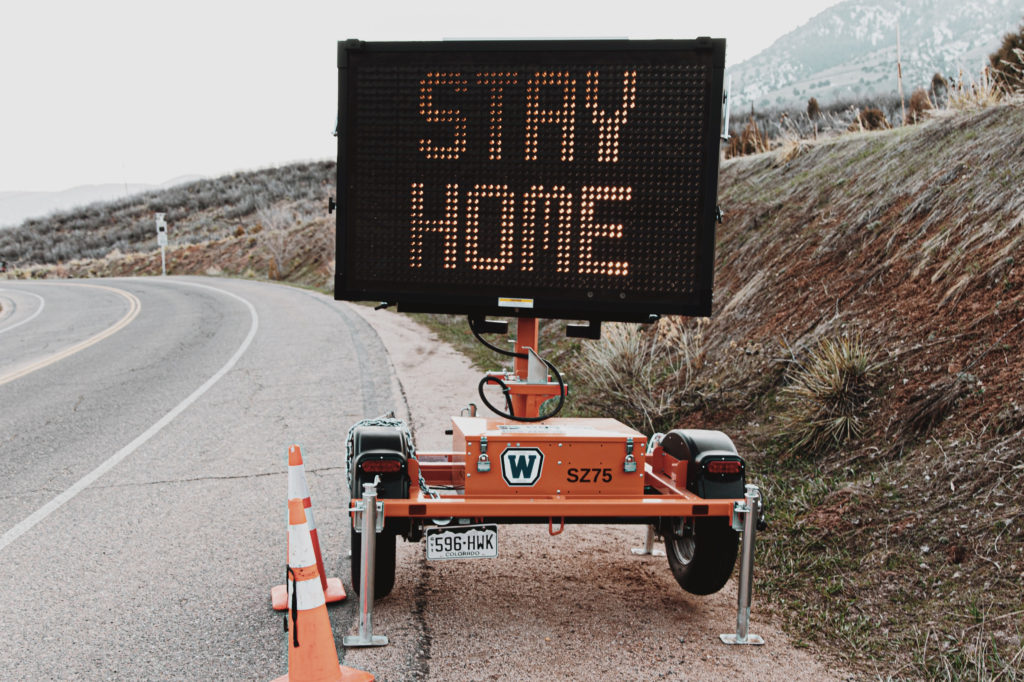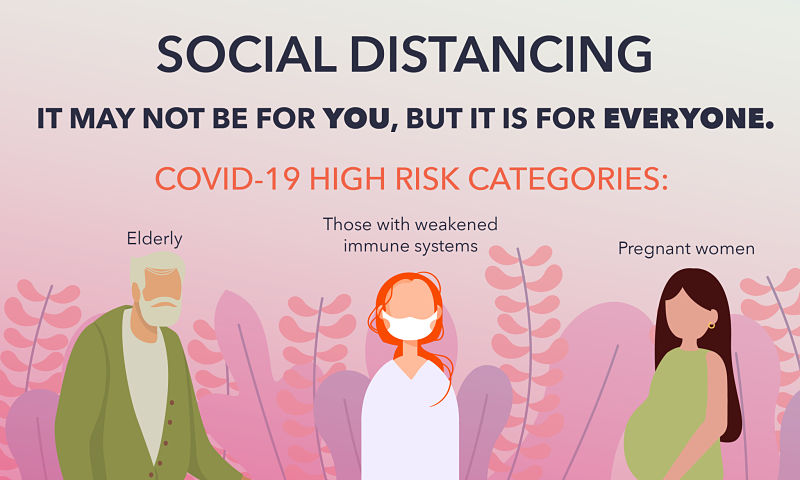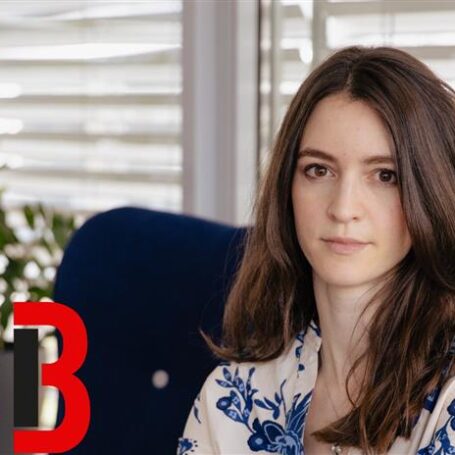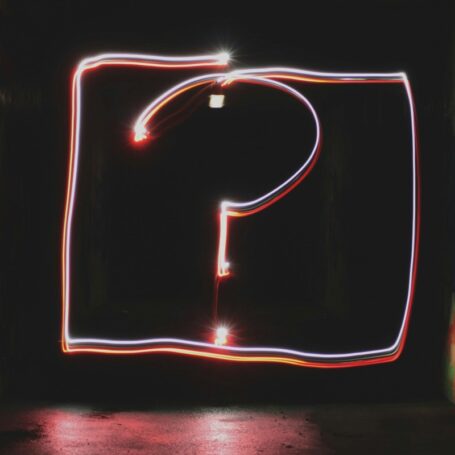How to Stay Connected in a Time of Physical Distancing

To fight the spread of coronavirus, government officials have asked Americans to swallow a hard pill: Stay away from each other.
In times of societal stress, such a demand runs counter to what evolution has hard-wired people to do: Seek out and support each other as families, friends and communities. We yearn to huddle together. The warmth of our breath and bodies, of holding hands and hugging, of talking and listening, is a primary source of soothing. These connections are pivotal for responding to and maximizing our survival in times of stress.
Priority number one is to follow the recommended social distancing guidelines to control the virus. The cure is definitely not worse than the disease – experts’ projections of disease spread and mortality without strong intervention make this clear.
But as with any pill, there are side effects. As psychological scientists at the University of Washington’s Center for the Science of Social Connection, our lab studies social connectedness, why it is important and how to maximize its benefits. Our clinical and research experiences help us understand the side effects of social distancing and suggest strategies for addressing them.
Human beings are social beings
In times of stress and illness, being deprived of social connection can create more stress and illness. People who are lonely have higher levels of the hormone cortisol, an indicator of stress; show weaker immune responses to pathogens; and are at increased risk for premature death. Isolation can lead to depression, suicidal thoughts and other clinical conditions.

For those who must be quarantined because they are infected with the virus, this research has one important implication: Depriving the sick of social connection and physical closeness unfortunately may make it harder for them to defeat infection. For example, lonely college students respond more weakly to influenza vaccinations than do non-lonely students.
There are other costs. Loneliness makes people feel more vulnerable and anxious in social interactions. An official mandate to socially distance and isolate may increase what psychologists call intergroup anxiety, the natural threat and distrust people feel when interacting with those who are different.
People may circle the wagons around themselves and those they perceive as like themselves – those with whom they share a common identity – while excluding everyone else. The recent travel restrictions play into these very human fears, and could exacerbate impulses to blame and stigmatize others as the source of this crisis. These fears fuel negative and inaccurate stereotypes of others, rather than cultivating connections to a larger human community that is suffering together.
Reach out and connect
While social distancing and isolation are in effect, there are things everyone can do to mitigate their downsides.
Now is the time to reach out to friends and family and connect with them however you can. Let people know how much you care about them. While live human connection is best, a phone call, with a real voice, is better than text, and a videochat is better than a phone call.
We believe such social technology-faciliated connections will aid all of us in staying as healthy as possible during this time. Although research on this is not comprehensive, we think it’s valuable to use social technology to mitigate the effects of loneliness and isolation for those who are sick.
What you say when connecting also matters. If you are stressed and upset, talking about your feelings can help. You may or may not feel better, but you will feel less alone. If you’re on the receiving end of this kind of sharing, resist the impulse to dismiss, debate or tell the other person not to worry. Your task is to listen and convey that you understand their feelings and accept them. This process – one person sharing something vulnerable, and the other responding with understanding and care – is the basic dance step of good, close relationships.
Human touch is also vital for well-being. If you are distancing with people who are close to you and healthy, don’t forget the positive impact of a gentle hug, or holding someone’s hand. Safe, mutually consenting physical touch leads to the release of oxytocin. Sometimes called the “love hormone,” oxytocin helps regulate your fight or flight system and calms your body in times of stress.
For those who are untouchable because they’re sick with COVID-19, affectionate therapy dogs may provide measurable benefit. (As of this writing, WHO guidelines suggest pets are safe.)
Things you can do
Other actions can help boost your and others’ well-being as you’re adapting to a world of social distancing.
- Embrace others, figuratively. Be aware of your tendency to circle the wagons around your group. Importantly, even though it doesn’t always feel this way, you’re not born with a fixed group that you trust and fixed groups that you distrust. These feelings and associations are flexible and change with context. Imagine, for example, who feels safe and familiar to you when at work versus at a family dinner versus at a football game. Now is the time to expand how you define your group identities. This is a global pandemic. Human beings are in, the coronavirus is out.
- Be generous. The practical side of this idea of expanding your identities is an encouragement to be generous, broadly speaking. Giving to others in times of need not only helps the recipient, it enhances the giver’s well-being, too. If you feel compelled to go to the grocery store to stock up on toilet paper, consider checking in with people you know who are more vulnerable and see what they might need. Give them some of that toilet paper. Help others around you, including neighbors you may not know well, people with whom you don’t usually feel a sense of kinship and people experiencing homelessness. Doing so combats the impulse to build walls. It puts you in touch with the better angels of your nature, and gives these angels voice and purpose.
- Finally, remember to breathe. In this moment, with all the stress and anxiety, many people feel overwhelmed and disconnected. But you’re still here and those around you are in this chaos with you, too. A few conscious, gentle breaths can restore that connection, slow your mind and give you clarity, at least for a moment or two.
This coronavirus crisis may not end soon. Things may get worse. As people hunker down, the negative side effects of social distancing and isolation will shift and evolve. What feels manageable today may not feel manageable tomorrow.
As psychologists, we are concerned that the lack of social connections, increased stress, disruptions and losses of livelihoods and routines will tip some people toward depression. We are concerned about increased family conflict as people are forced to navigate unusual amounts of time together, many in confined spaces.
Flexibility is adaptive. Building a foundation of healthy coping, maintaining awareness of the side effects of our necessary societal changes, and staying connected to our values and to each other are imperative. Human beings have great capacity for empathy and caring in times of suffering. Maintaining social distance doesn’t need to change that.




















































































